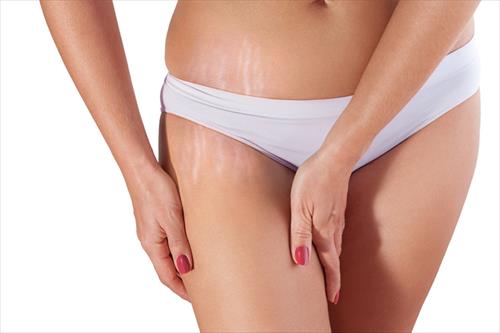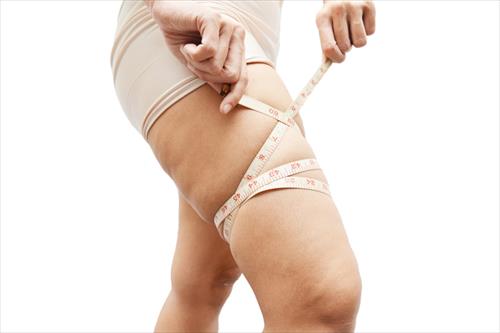



Thigh Lift-1 Thigh Lift-2 Thigh Lift-3 Thigh Lift-4
The inner surface of the thighs tends to relax with age or after heavy weight loss. The combination of fat deposition with relaxation creates a continuous surface of friction between the legs that causes severe discomfort when walking. In most cases, the combination of liposuction in combination with thigh straightening surgery offers a more youthful appearance of the area while solving the problem of local skin friction.
Candidates for thigh lift
They are the ones who are healthy and in case they are smokers they have accepted the fact that they have to quit smoking four weeks before the operation. Also those individuals who have decided to lose significant weight must wait until they reach their goal for this surgery to be performed. Patients who will undergo thigh correction surgery may also be interested in other surgeries on their body, such as brachioplasty, buttock straightening and lower body straightening.
Surgical technique
The general view of patients wishing for such an operation is that it is simple and quick, but in reality it is a demanding operation due to the anatomical location and difficult surgical access.
The straightening of the thighs is done with an incision according to chapter T, which starts from the beginning of the inner surface of the thigh next to the groin. Many patients want to avoid the long vertical scar and achieve the erection only with the horizontal incision, which is hidden inside the groin folds, but in most cases this erection can be applied in only a few cases, while in addition all operations are combined and with liposuction. Early mobilization is very important to avoid complications. The drains that are placed are removed after two days, at the same time as the patient leaves the clinic. A pressure bandage is applied firmly for 4-6 weeks, especially if liposuction has been applied topically.
After surgery
All patients should rest for two weeks before starting work. Slow healing of the point near the T of the incision is quite common. Of course many patients are worried, but with simple patches the area will heal satisfactorily after two weeks. If the incision extends to the knee, fluid may accumulate in this area due to the disruption of the lymphatic drainage systems. This is called a lymph node. The drainage of this fluid can be done in the doctor's office in two or three sessions and without much pain. In very rare cases the lymph node may persist and require reoperation. Detailed instructions are given to patients for the healing period. As in brachioplasty, the scar is not in a favorable spot and may remain red and visible for several months, but after a year it matures and usually becomes indistinguishable.










 Login
Login Forgotten password
Forgotten password